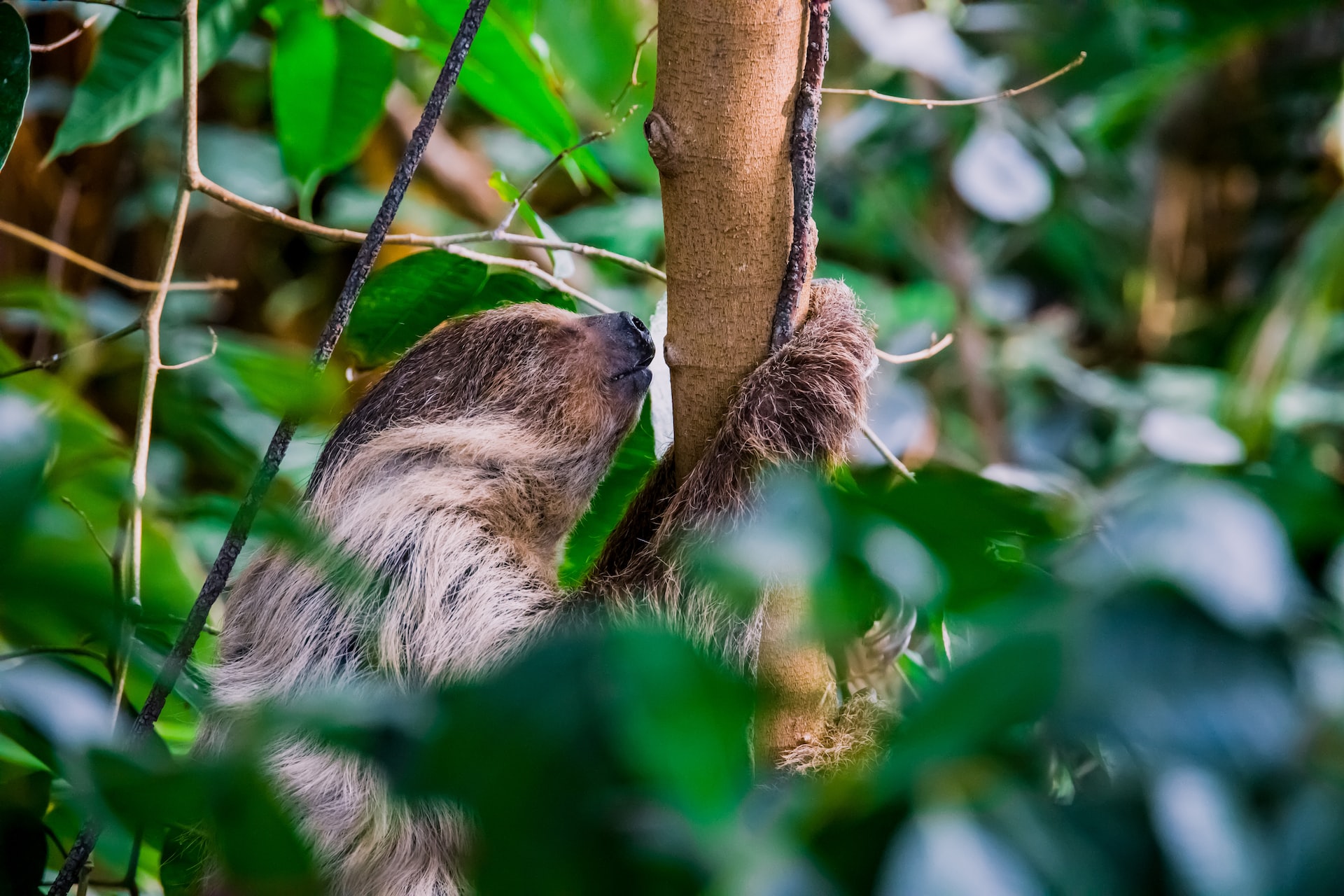The Slow and Steady Creatures: A Look at the Adapted and Low-Metabolism Sloth

Sloths are slow-moving mammals that are native to the rainforests of Central and South America. They are known for their distinctive appearance, including their long claws, shaggy fur, and slow movements. There are six species of sloths, which are classified into two main groups: two-toed sloths and three-toed sloths.
Physical characteristics
Sloths are medium-sized mammals that can weigh up to 20 pounds. They have a distinctive appearance, with long claws, shaggy fur, and a round head. Sloths are adapted to life in the rainforest and have long arms and legs, which they use for climbing and hanging from tree branches. They are also known for their slow movements, which help them conserve energy and avoid detection by predators.
Behavior and ecology
Sloths are generally solitary animals and are most active at night. They spend most of their time hanging from tree branches and are known for their slow movements and low metabolism.
Sloths are herbivores and feed on a variety of plants, including leaves, flowers, and fruits. They are also known for their ability to swim and have been observed crossing rivers and streams.
Reproduction and social structure
Sloths have a simple social structure and mating system. Males and females come together only to mate and then go their separate ways. Sloths mate throughout the year and females give birth to a single infant after a gestation period of around six months. Infant sloths are carried on their mother’s belly for the first few months of life and then move to her back as they grow older.
Conservation and threats
Sloths are threatened by habitat loss, poaching, and conflicts with humans. They are protected by international law, and conservation efforts are underway to protect their remaining populations and help them recover.
Some of the threats facing sloths include habitat destruction due to logging, agriculture, and urbanization, as well as poaching for their meat, fur, and other body parts.
Breeds and types
There are six species of sloths, which are classified into two main groups: two-toed sloths and three-toed sloths. Two-toed sloths are larger and more agile than three-toed sloths and are found in parts of Central and South America. Three-toed sloths are smaller and slower-moving than two-toed sloths and are found in parts of Central and South America.
And, finally.
Sloths are fascinating and unique animals that are an important part of the world’s biodiversity. However, they are also threatened and face significant challenges to their survival.
Conservation efforts are important to protect these animals and help ensure their future. It is also important for humans to coexist with sloths in a way that minimizes conflict and promotes the long-term survival of these animals.








